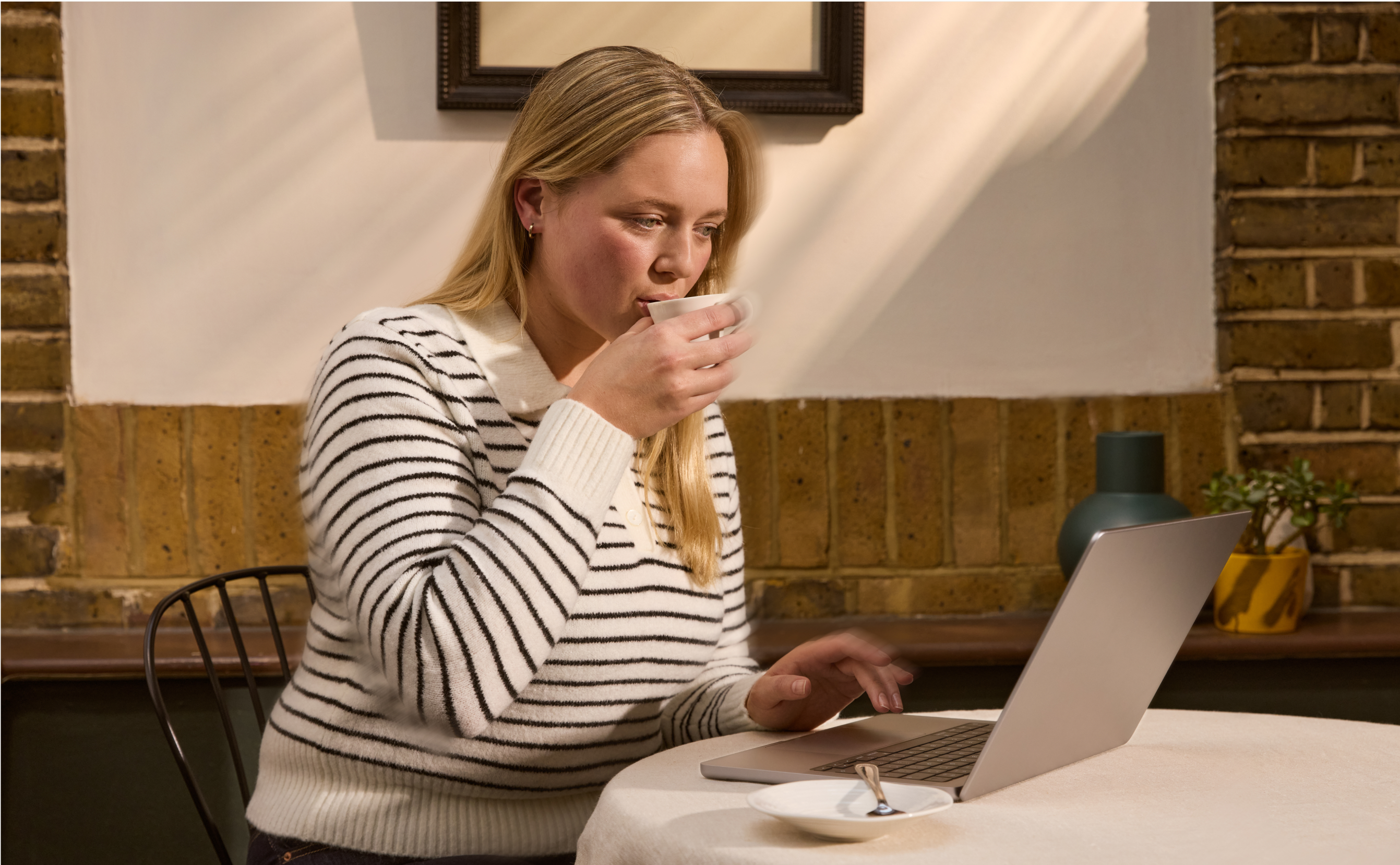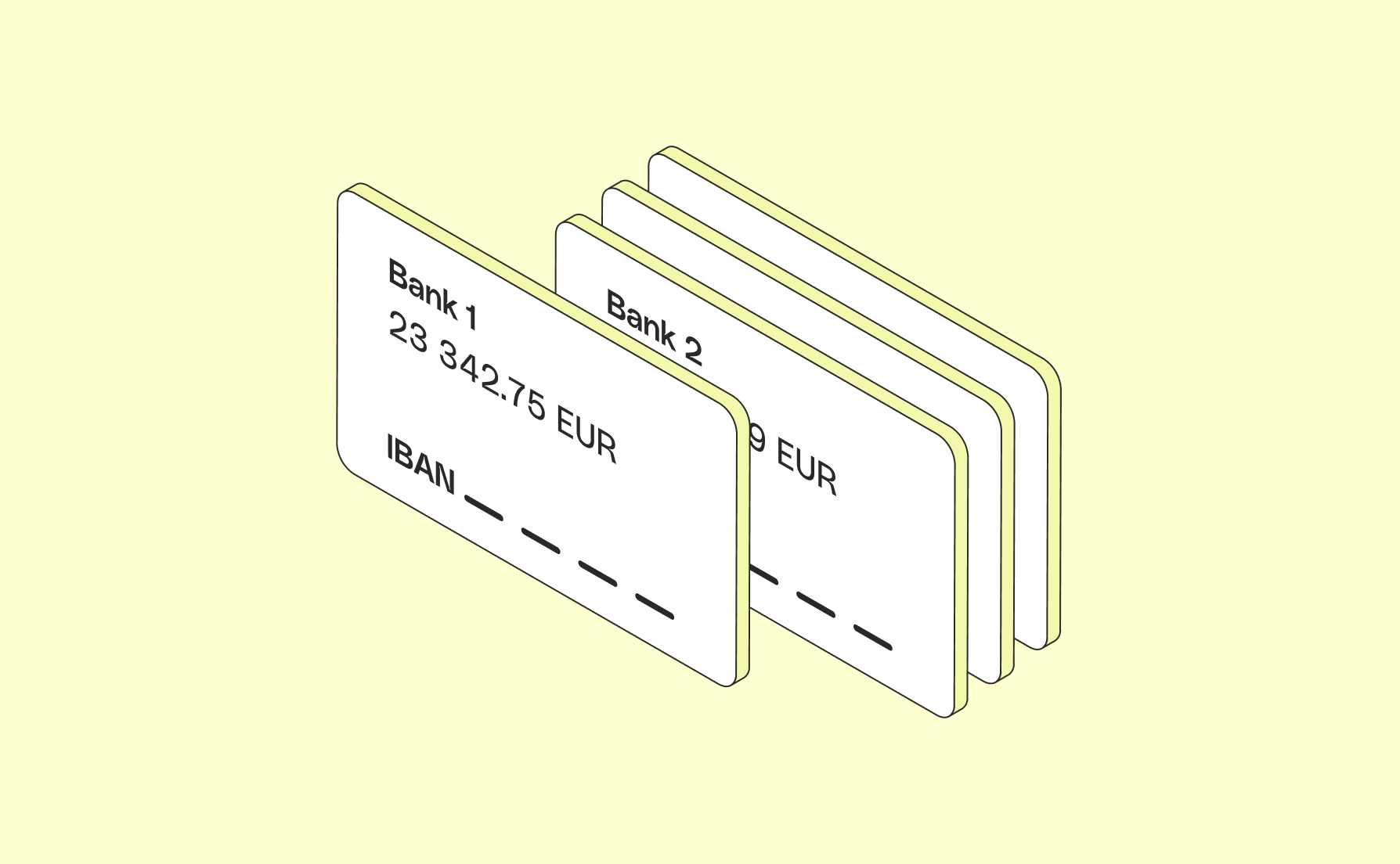Before 2010, if an Individual Entrepreneur wanted to protect their professional assets, they had to create a company, such as a Limited Liability Unipersonal Entreprise (Entreprise Unipersonnelle à Responsabilité Limitée or EURL in French) or a Simplified Single Shareholder Company (Société par Actions Simplifiée Unipersonelle or SASU in French). This was a complex process that required - and still requires - the completion of many administrative formalities (such as drafting bylaws, constituting and depositing a share capital, publishing a legal announcement, and also heavier accounting obligations).
The EIRL regime was, therefore, a welcome innovation in the French entrepreneurial world. It allowed independent contractors to protect their personal assets while keeping their status as Individual Entrepreneurs.
To separate personal from professional assets, nevertheless, one had to fill out what is called an allocation declaration. In this declaration, the entrepreneur had to draw up a complete list of all the assets they had decided to allocate to their activity. These assets then became their professional assets.
However, the allocation declaration was a somewhat tedious formality because:
- It was necessary to include many legal mentions;
- Assets exceeding €30,000 in value had to be valued by an expert (a certified public accountant or an auditor, for example);
- Real estate properties assigned to the professional activity had to be the subject of a notarized act published by the Mortgage Registry.
The EIRL status provided another advantage: entrepreneurs could opt to pay corporate tax (Impôt sur les sociétés or IS in French). Individual entrepreneurs are, by default, taxed under the income tax regime (Impôt sur le revenu or IR in French). But, with the EIRL status, they could choose to pay corporate tax instead if this fiscal option benefited them more.
Offering a protection of personal assets, choice of tax regime... At first glance, the EIRL status seemed rather interesting for Individual Entrepreneurs.
And yet, this status wasn’t as popular as expected. According to the INSEE, only 97,000 EIRLs were created between 2010 and June 2021.
What were the reasons behind that? Entrepreneurs mentioned an unclear way of functioning and formalities they felt were too heavy and complex. That’s why, in its stead, a new reform was implemented, creating a unique Individual Entrepreneur status.







